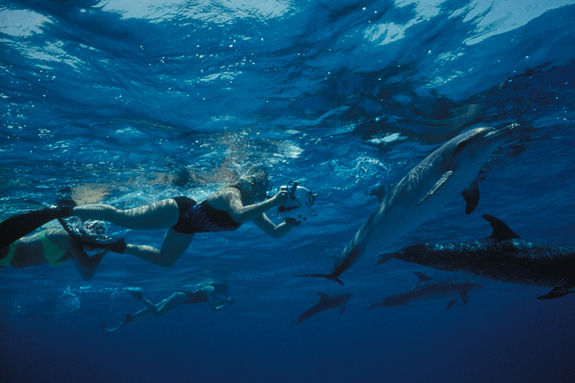
By that definition, a dolphin, lacking limbs to create and manipulate complex tools, cannot possibly be described as intelligent. It's easy to see why such definitions prove popular; we are clearly the smartest creatures on the planet, and the only species with technology. It may be human hubris, or some kind of anthropocentric bias that we find difficult to escape from, but our adherence to this definition narrows the phase space in which we're willing to search for intelligent life.
Technology is certainly linked to intelligence - you need to be smart to build a computer or an aircraft or a radio telescope - but technology does not define intelligence. It is just a manifestation of it, perhaps one of many.
Astrobiologists see intelligence a little differently. The dictionary defines intelligence as the ability to learn, while others see it as the capacity to reason, to empathize, to solve problems and consider complex ideas, and to interact socially.



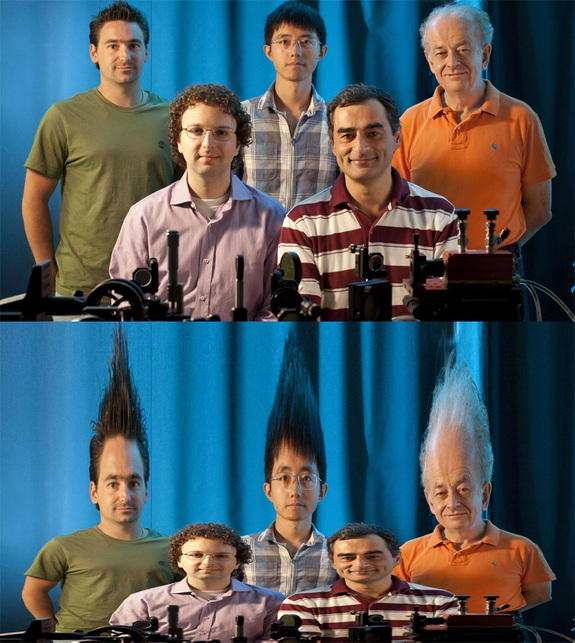
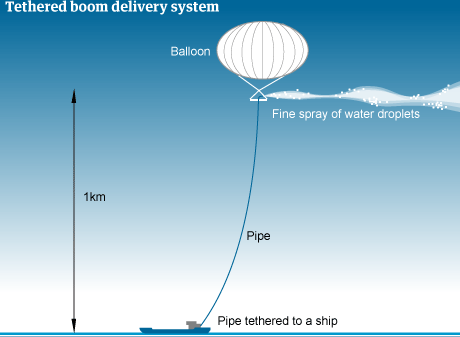
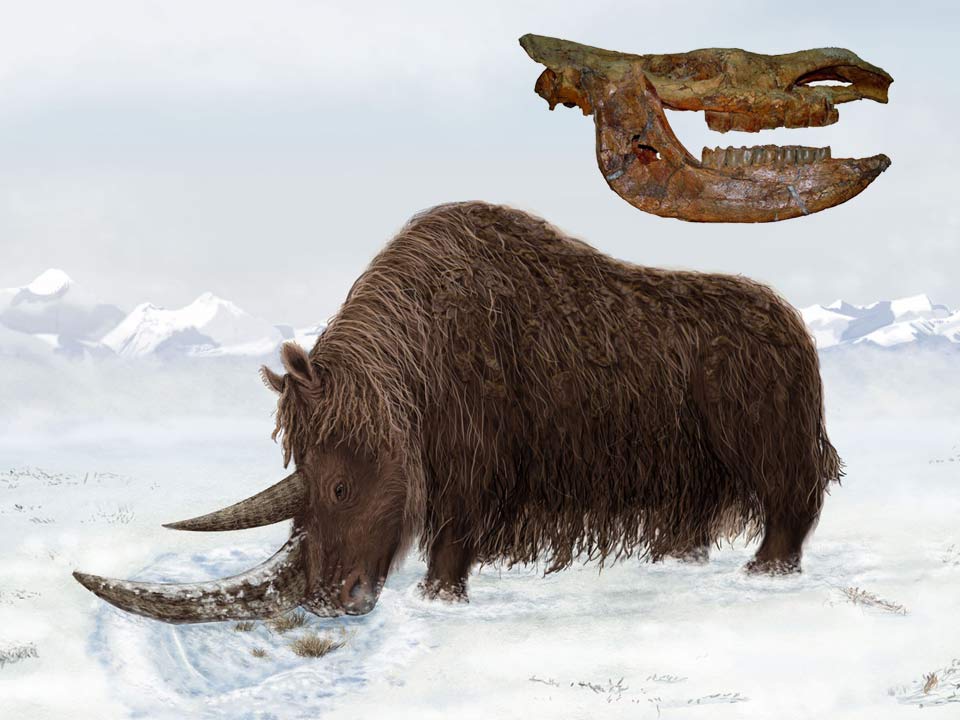
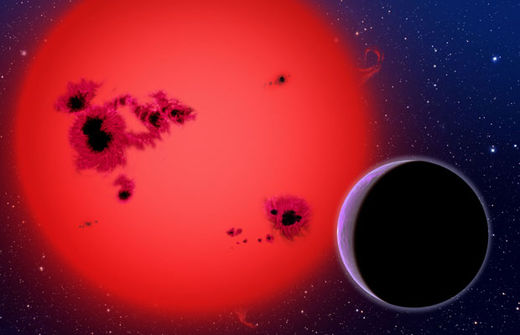

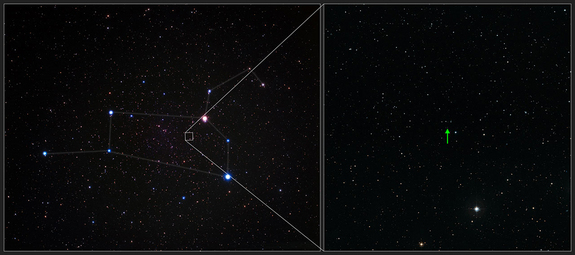



Comment: The public should be sceptical - the money behind this phony "science" knows full well that this is all a distraction and deliberate diversion of public funds, away from those areas of scientific research where funding and attention is desperately needed, like working out how to screen for psychopathology from ALL positions of social responsibility and developing mitigation and preparedness systems in the event of imminent Earth Changes and the Sixth Extinction awaiting humanity at the bottom of the looming cliff, not to mention the fact that an Ice Age is coming.